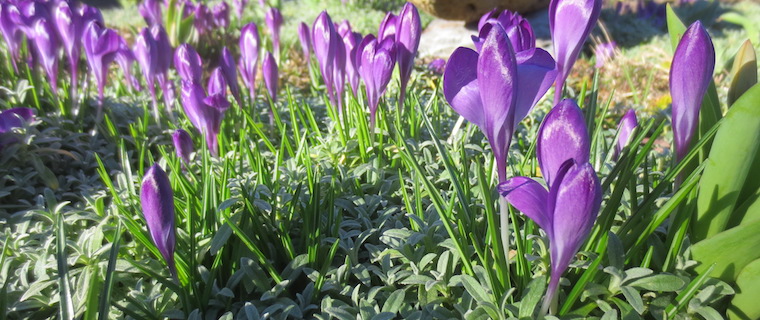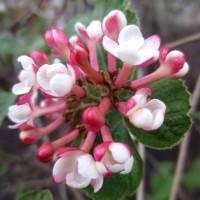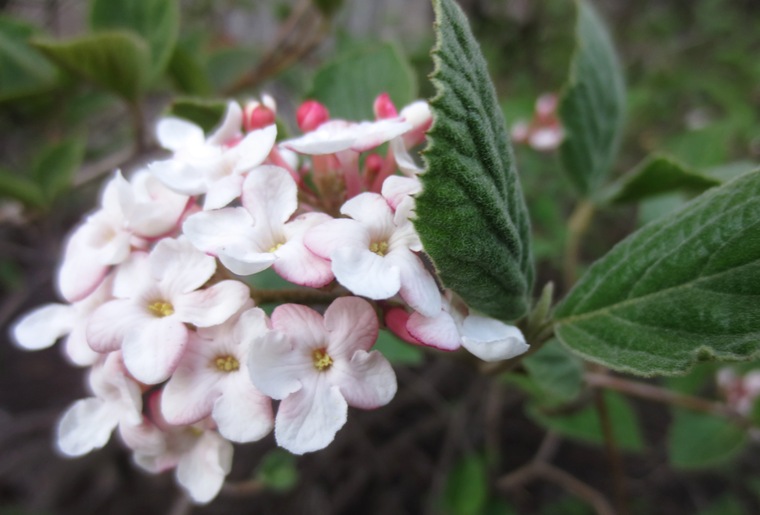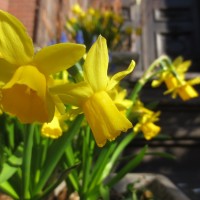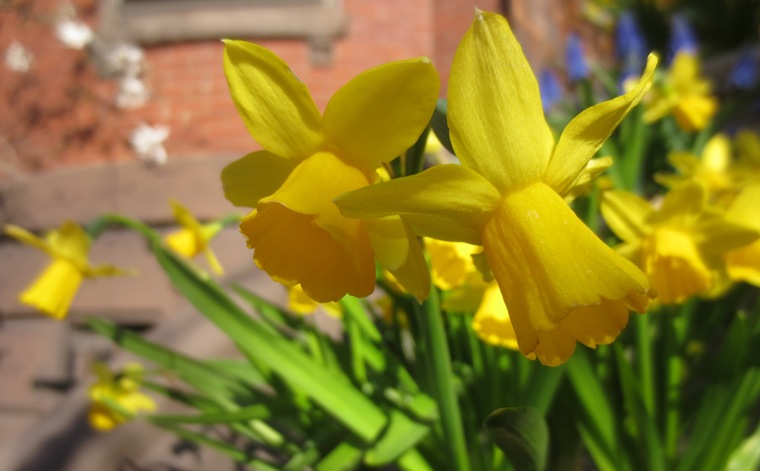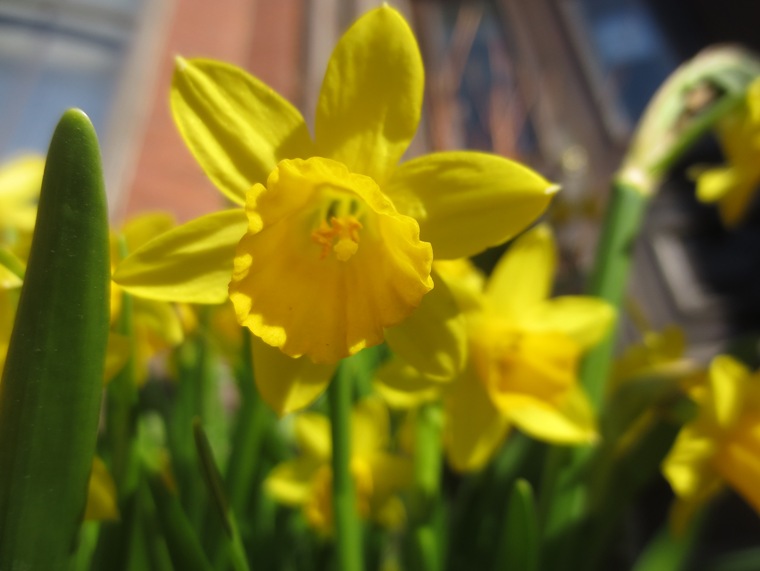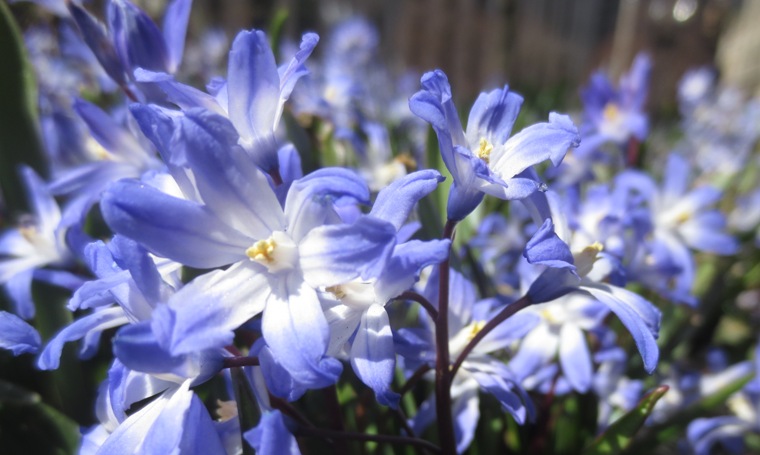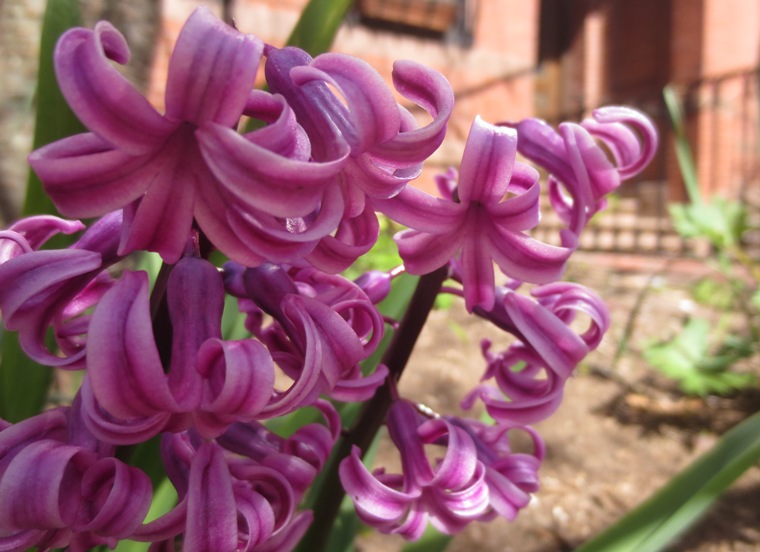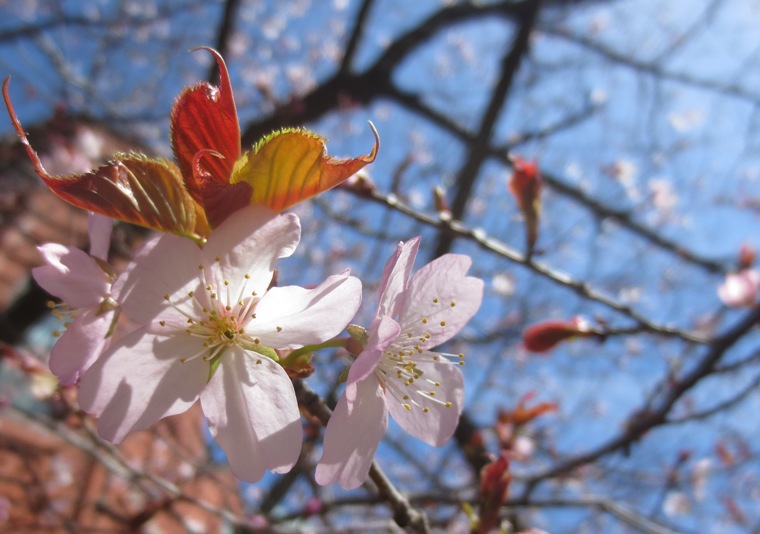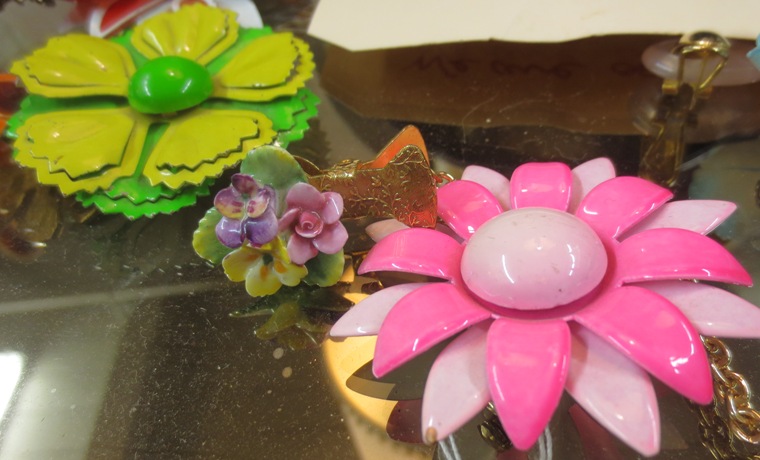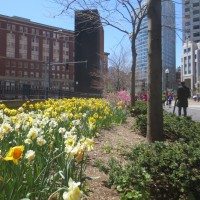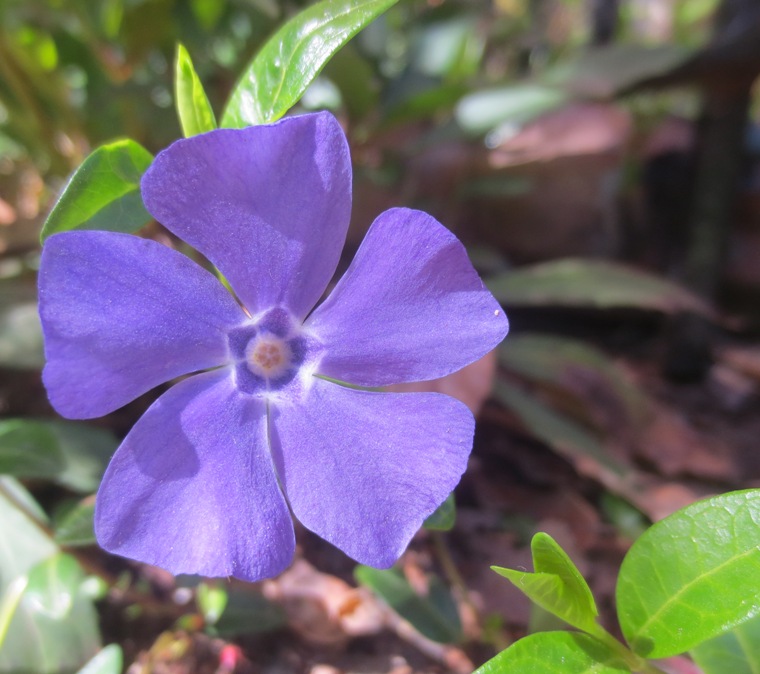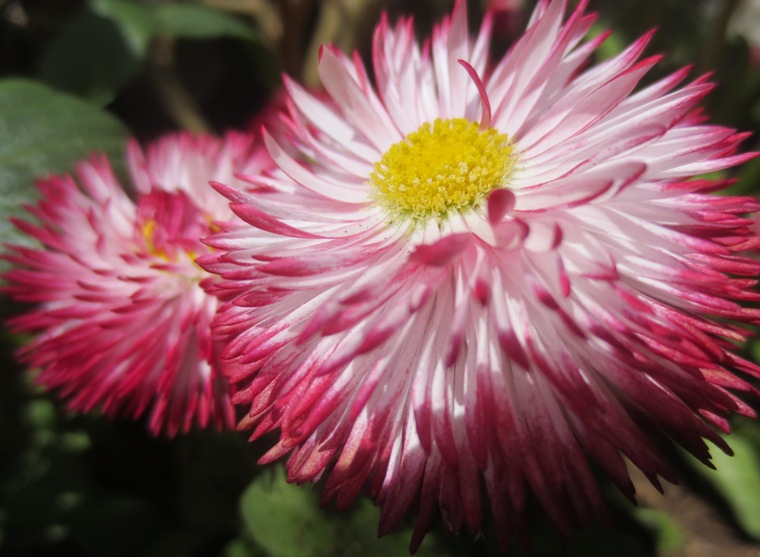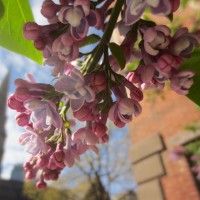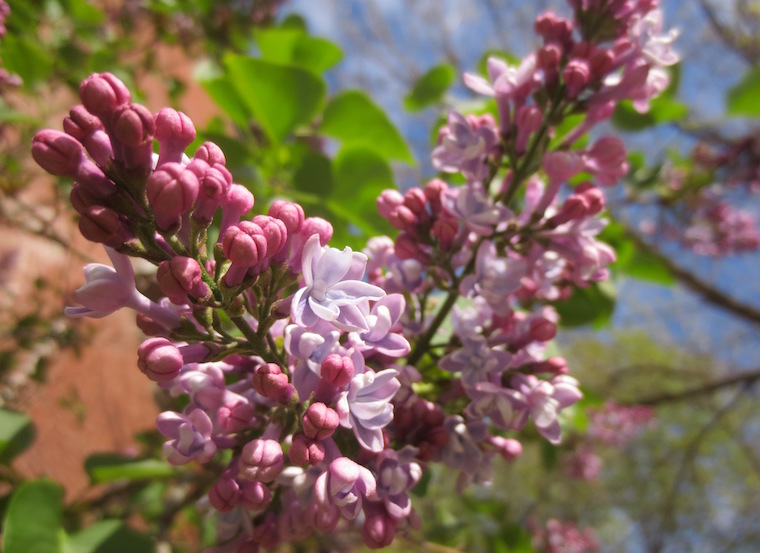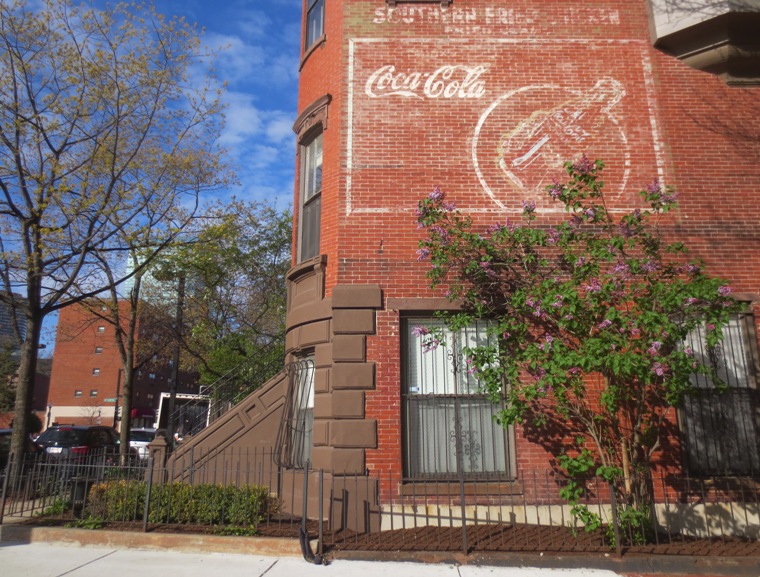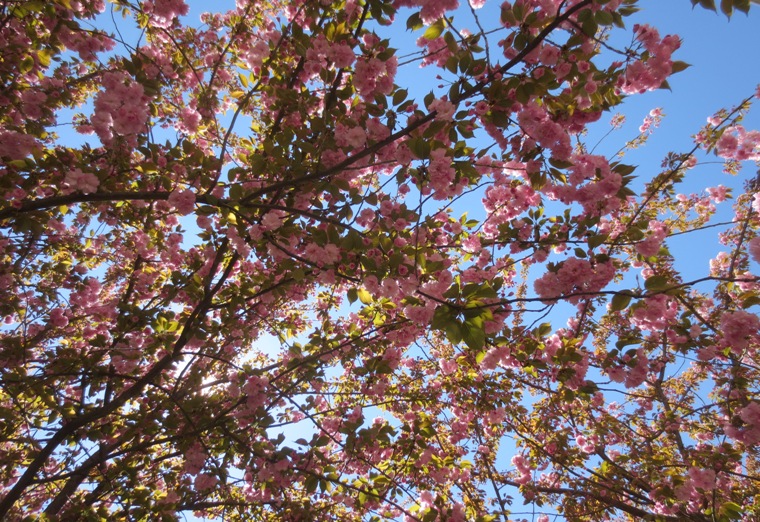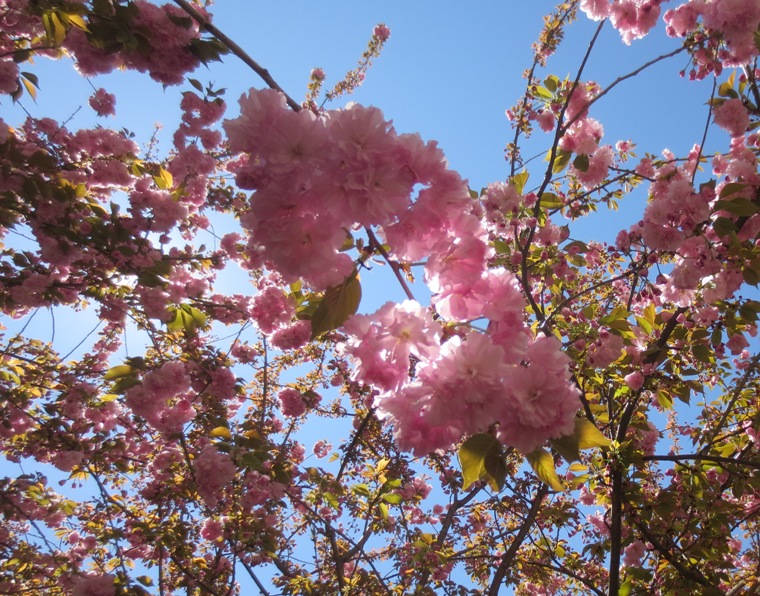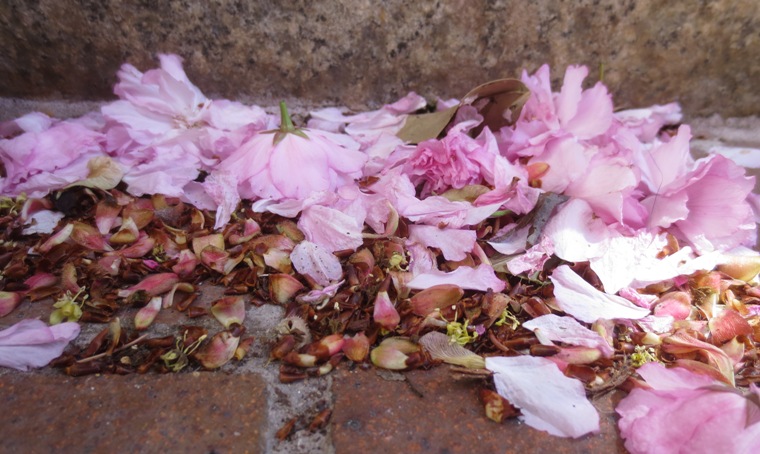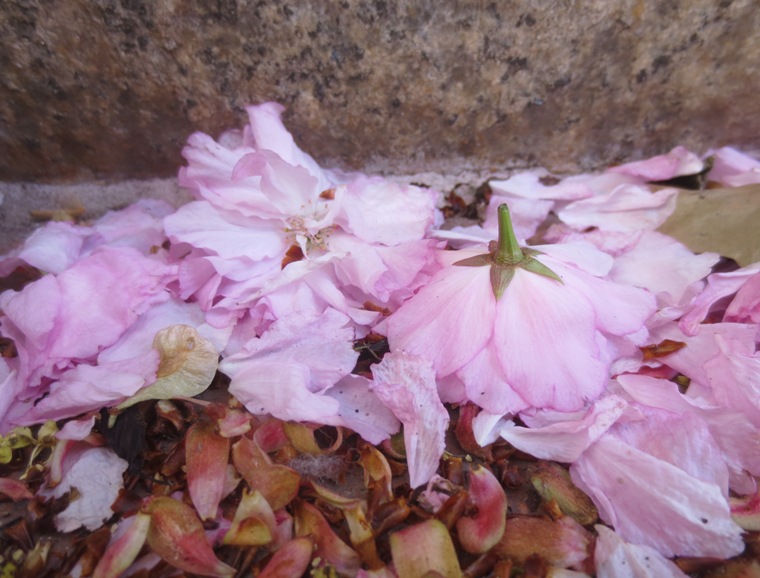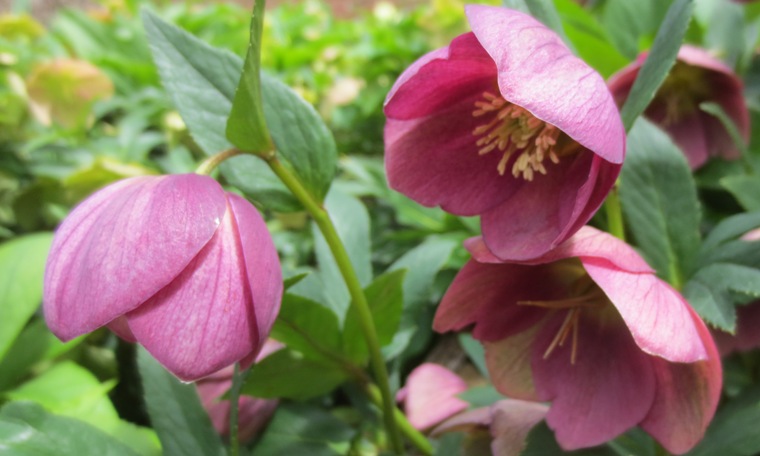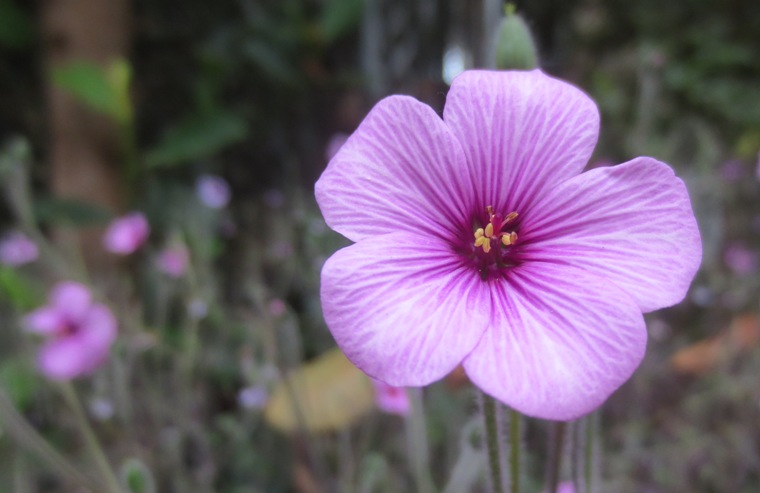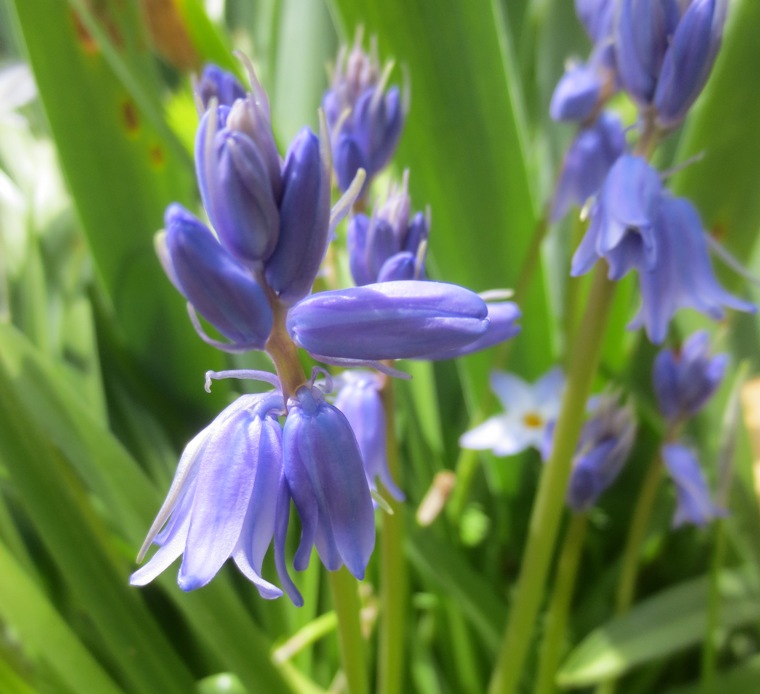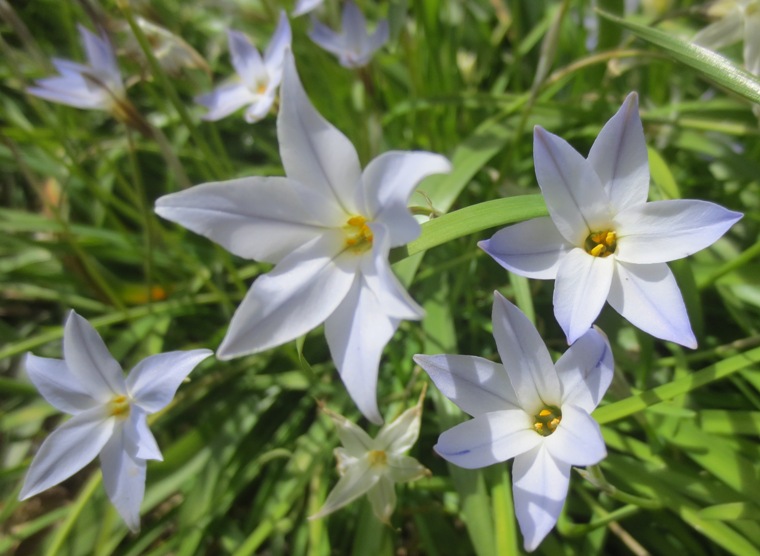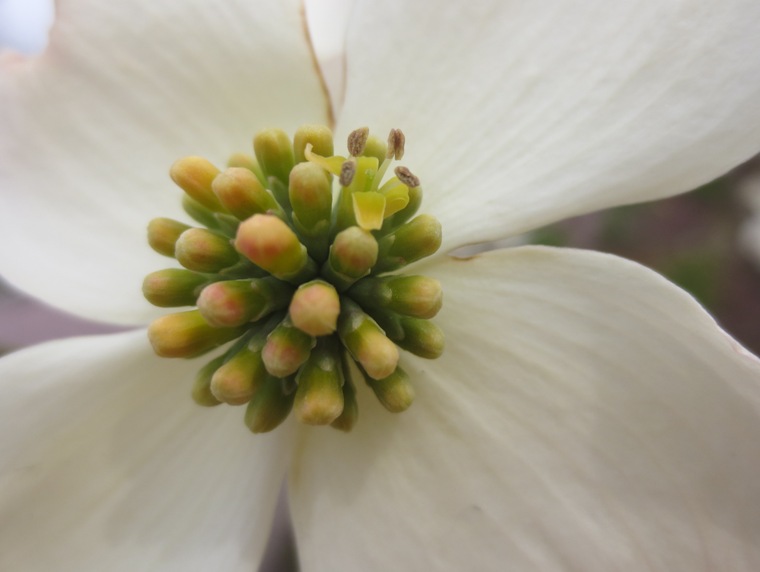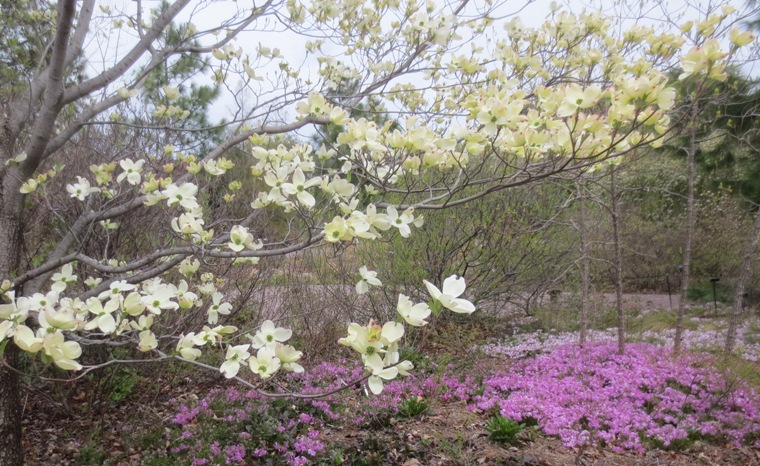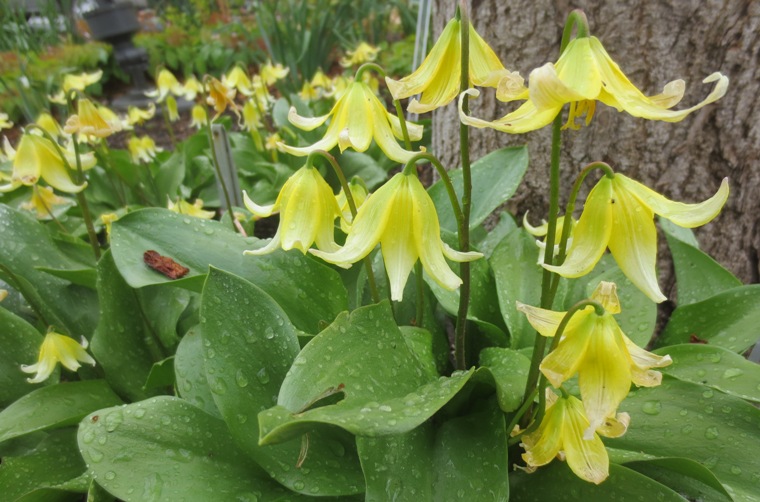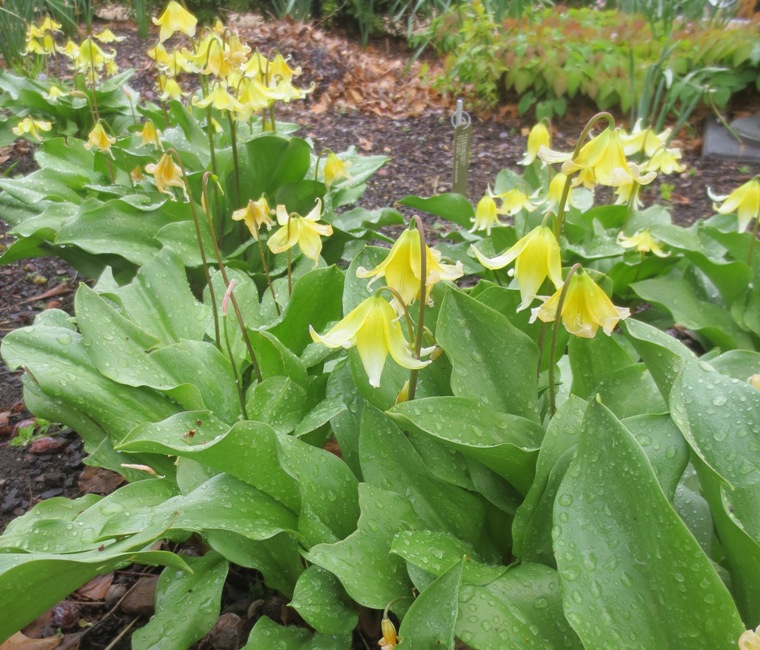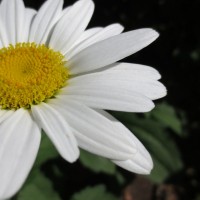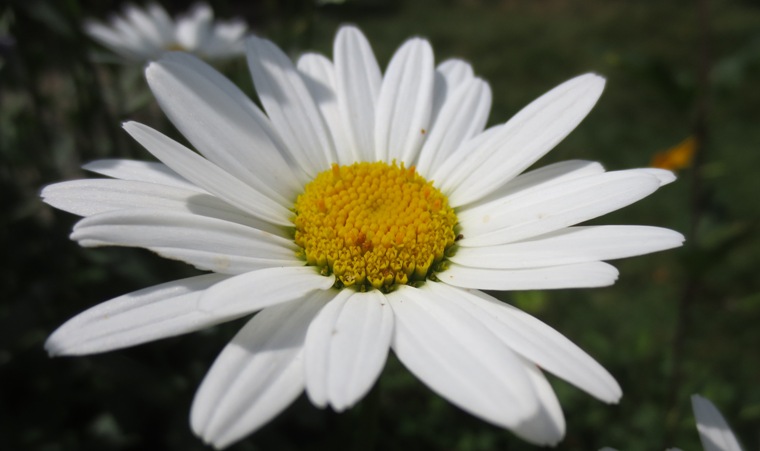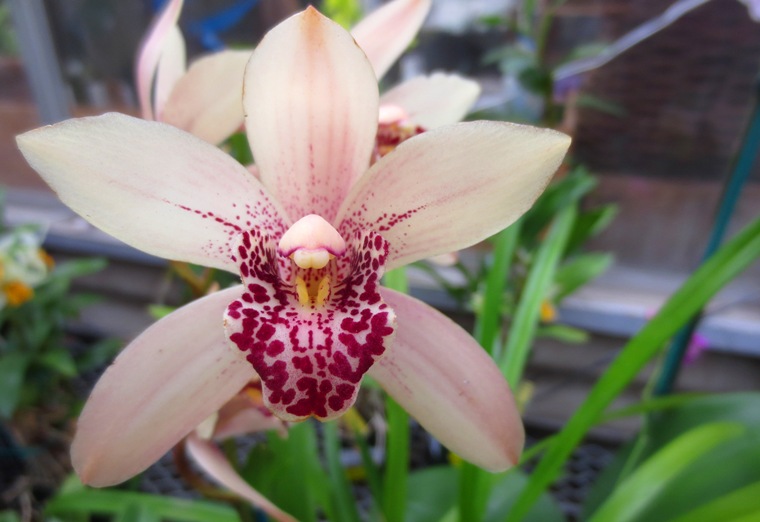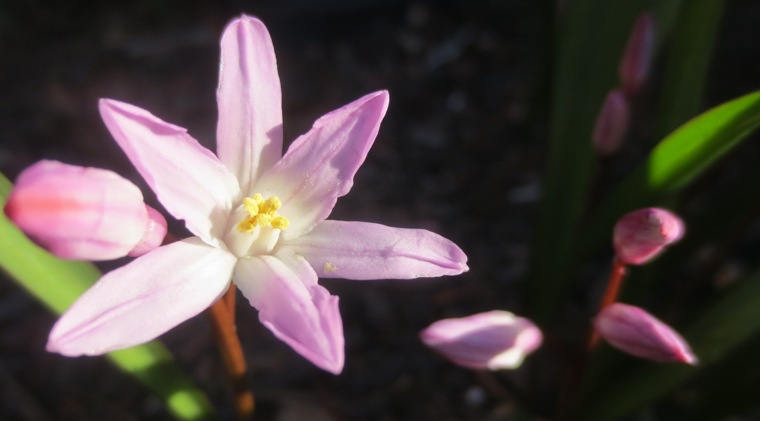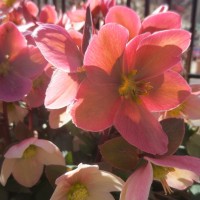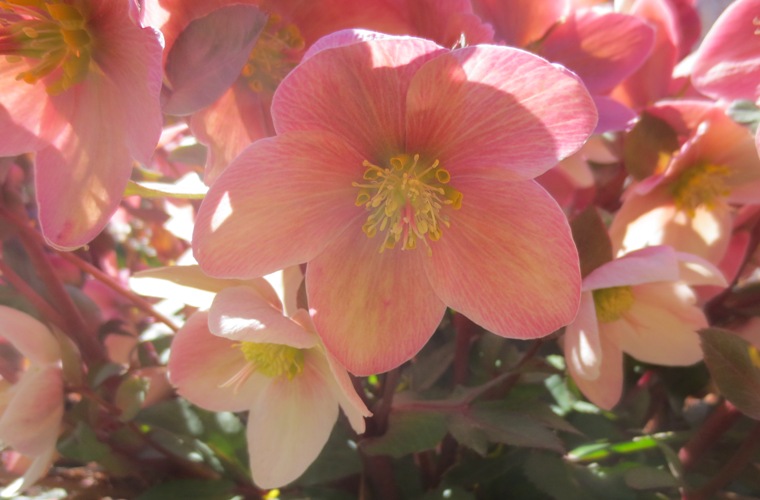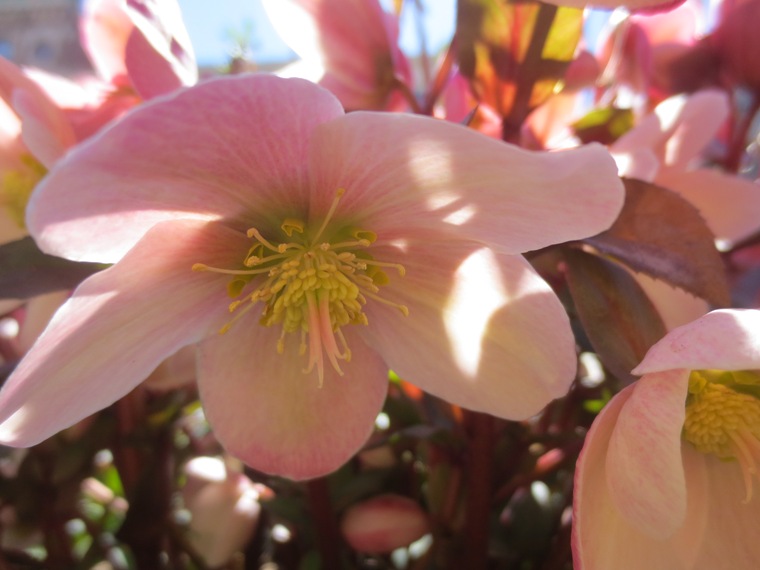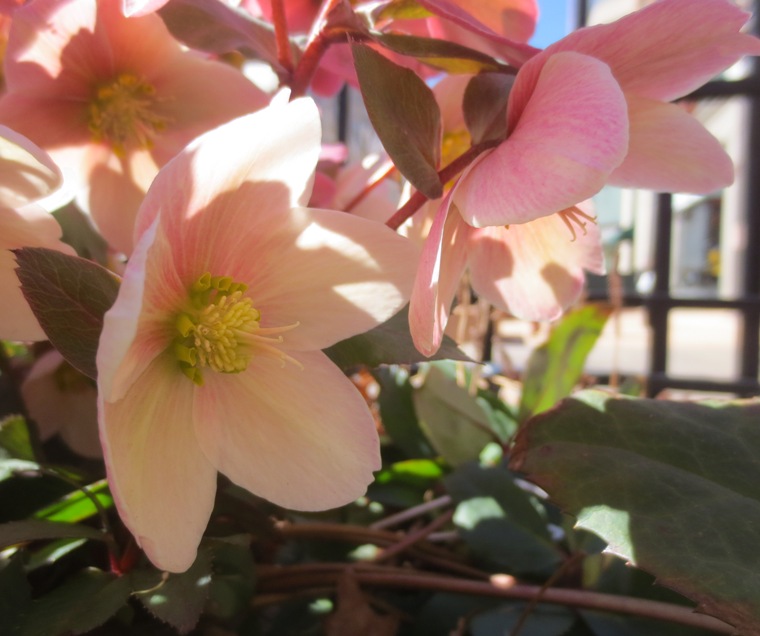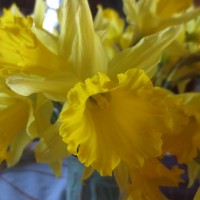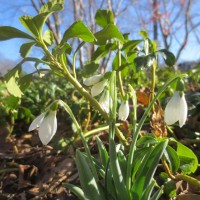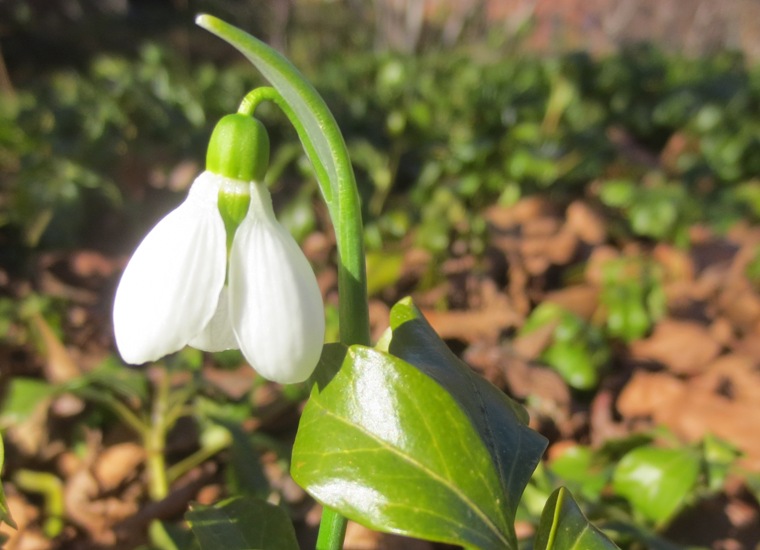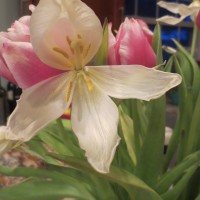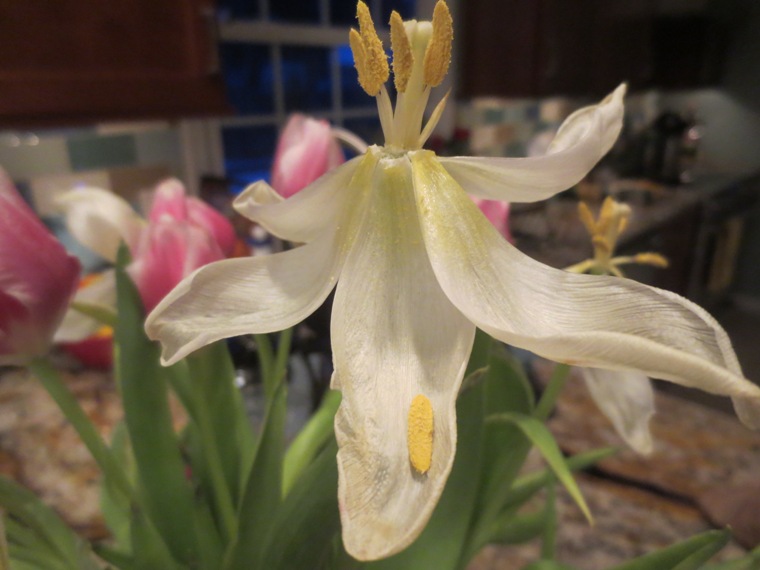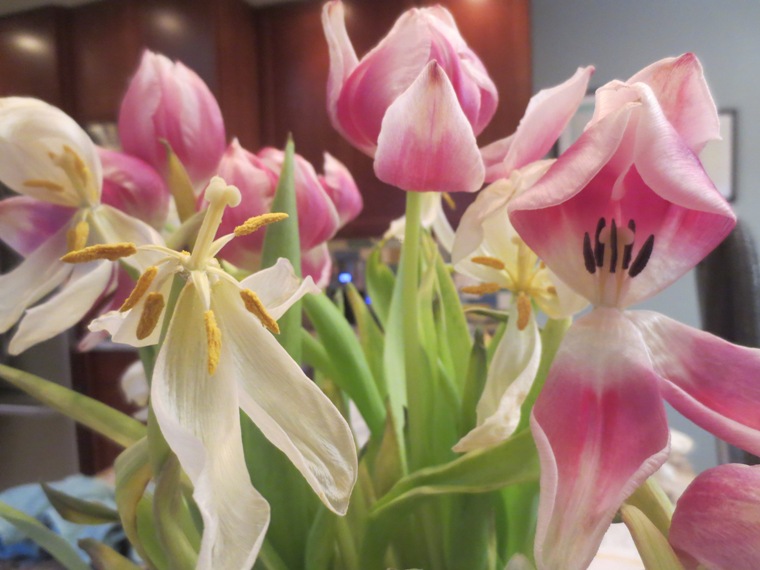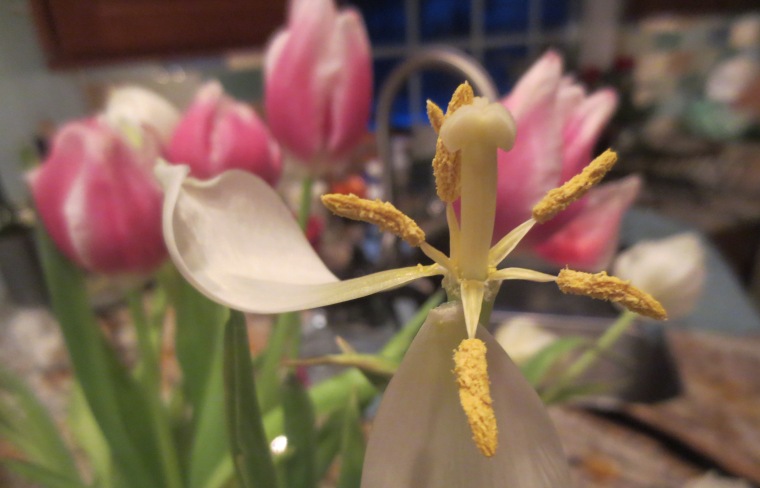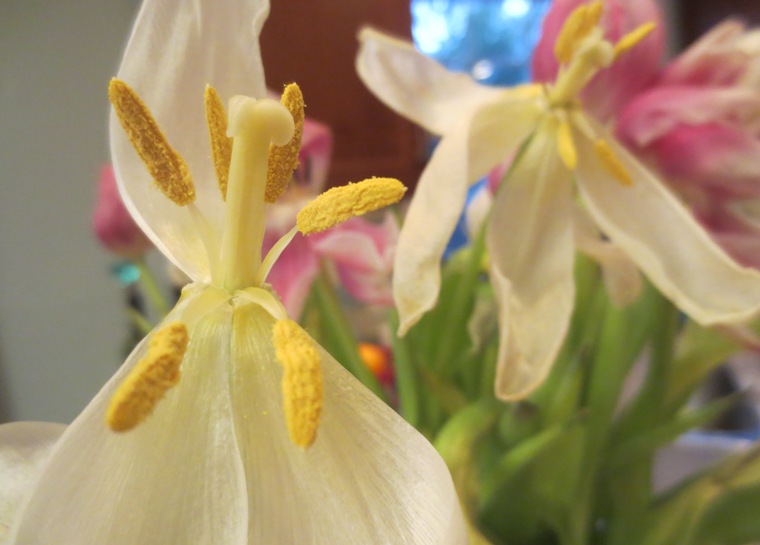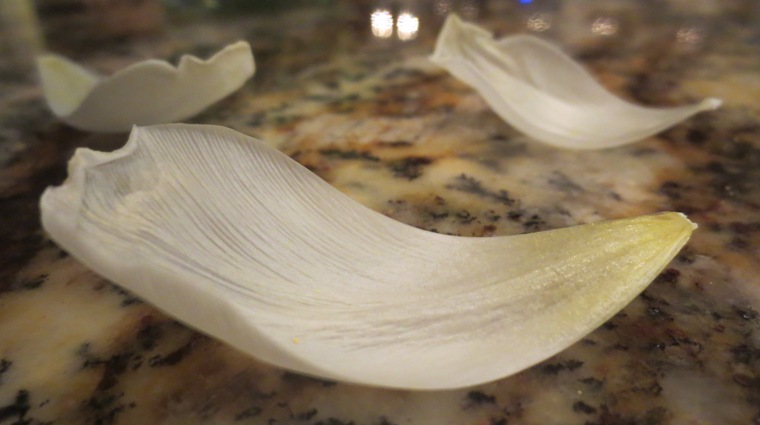Or a wave of crocuses, as evidenced by these photographs from Boston. With this recent spate of chilly and rainy days, I looked to some happier images to cheer the spirit and nourish the soul. On dark mornings, before we get really rolling into the new season, it’s good to have a colorful reminder of what really matters. To that end, a poem by the magnificent Mary Oliver to go along with the floral harbinger of spring.
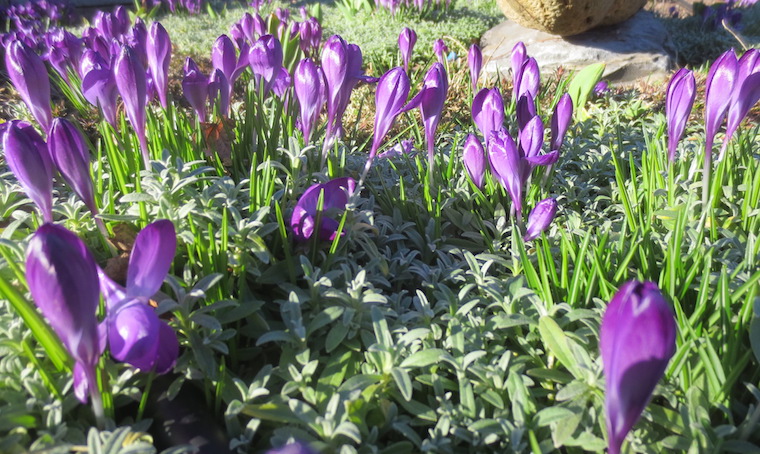
Such Singing in the Wild Branches
It was spring
and I finally heard him
among the first leaves –
then I saw him clutching the limb
in an island of shade
with his red-brown feathers
all trim and neat for the new year.
First, I stood still
and thought of nothing.
Then I began to listen.
Then I was filled with gladness –
and that’s when it happened,
when I seemed to float,
to be, myself, a wing or a tree –
and I began to understand
what the bird was saying,
and the sands in the glass
stopped
for a pure white moment
while gravity sprinkled upward
like rain, rising,
and in fact
it became difficult to tell just what it was that was singing –
it was the thrush for sure, but it seemed
not a single thrush, but himself, and all his brothers,
and also the trees around them,
as well as the gliding, long-tailed clouds
in the perfect blue sky – all of them
were singing.
And, of course, so it seemed,
so was I.
Such soft and solemn and perfect music doesn’t last
For more than a few moments.
It’s one of those magical places wise people
like to talk about.
One of the things they say about it, that is true,
is that, once you’ve been there,
you’re there forever.
Listen, everyone has a chance.
Is it spring, is it morning?
Are there trees near you,
and does your own soul need comforting?
Quick, then – open the door and fly on your heavy feet; the song
may already be drifting away.
-Mary Oliver
